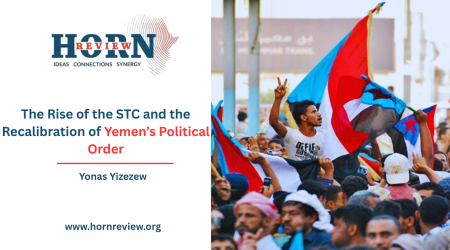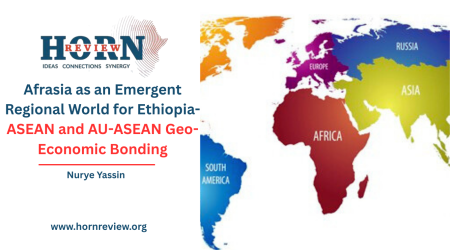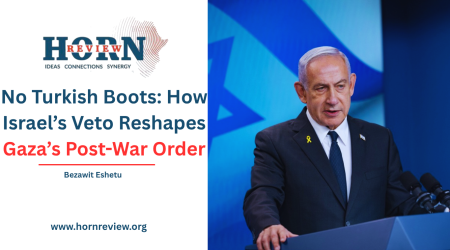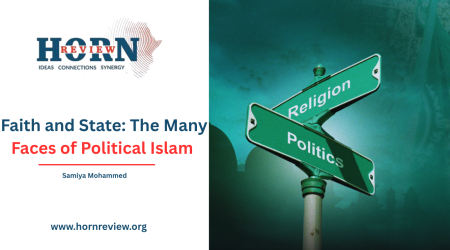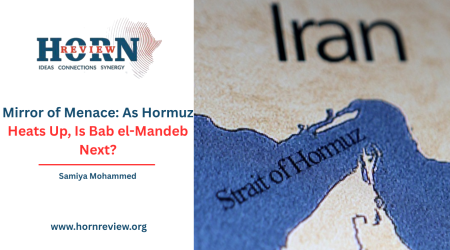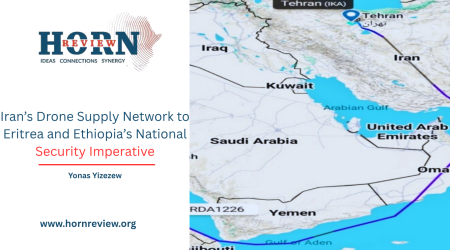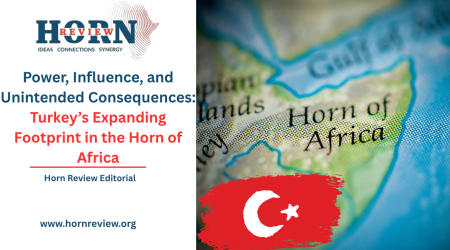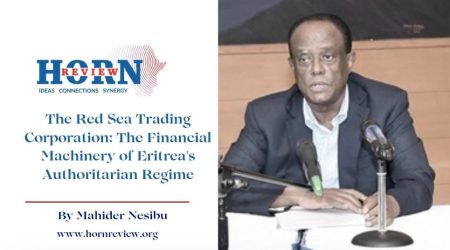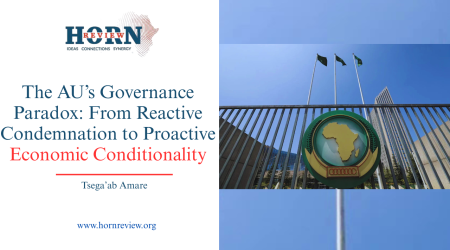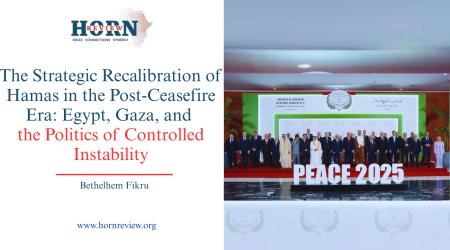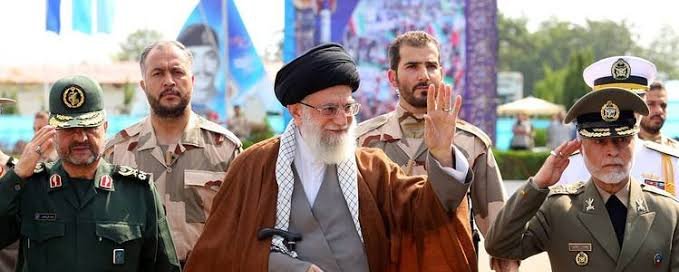
4
Jul
Iran’s Architecture of Survival: How Institutional Depth & Strategic Adaptability Defy Collapse
The June 2025 confrontation between Iran and Israel marked a pivotal juncture in Middle Eastern geopolitics. Triggered by a sustained Israeli campaign against Iran’s nuclear infrastructure and key IRGC personnel, the crisis laid bare the extent of Iran’s embedded resilience. Despite strategic setbacks – including the loss of senior commanders and disruptions to enrichment operations – the Islamic Republic weathered the onslaught without descending into chaos or crisis. Rather than cracking, Iran’s core institutions appeared to absorb the shock, recalibrate, and reassert continuity.
This outcome was not accidental. It is the result of a political order meticulously engineered to survive existential pressure. From the ashes of the 1979 revolution, Iran’s post-revolutionary elite constructed an architecture of survival designed to defy both internal dissent and foreign coercion. Central to this was the creation of overlapping institutional structures: the Islamic Revolutionary Guard Corps (IRGC), the Basij paramilitary, the Assembly of Experts, the Guardian Council, and numerous quasi-governmental foundations that collectively diffuse and absorb shocks. These parallel institutions ensure that power is neither overly centralized in one actor nor vulnerable to a single point of failure.
The IRGC exemplifies this strategy. Originally conceived to protect the revolution from counter-revolutionary threats, it has evolved into a multidimensional force with its own economic, diplomatic, and ideological machinery. It controls vital economic sectors, oversees covert and conventional military operations, and manages domestic ideological enforcement. The Basij extends this reach by embedding paramilitary capabilities into schools, workplaces, and neighborhoods – ensuring that regime loyalism is both locally grounded and continuously replenished.
Equally crucial is the adaptive authoritarianism of Iran’s political order. Though elections are held and political factions vie for influence, ultimate authority remains bounded by the clerical establishment. This managed pluralism allows for internal competition without threatening systemic continuity. It explains why, even amid the June 2025 crisis, leadership succession and policy adjustment proceeded smoothly. The deaths of prominent IRGC figures did not trigger institutional paralysis; successors emerged from established hierarchies, policy lines were reaffirmed, and the system retained ideological coherence.
Iran’s resilience is also rooted in historical trauma. The Iran–Iraq War (1980–1988) forged the country’s siege doctrine: the belief that survival depends not on parity with adversaries, but on deep social mobilization, institutional redundancy, and long-term strategic patience. This war, fought under conditions of international isolation and asymmetric capabilities, imparted lessons that have shaped Iranian defense and governance strategies for decades. These lessons are visible today in the regime’s ability to sustain cohesion under sanctions, sabotage, and military threat.
Israel, while situated at the other end of the ideological spectrum, offers a complementary model of institutional durability. In response to Iranian missile attacks during the June 2025 hostilities, the Israeli state mobilized with remarkable efficiency. National unity was swiftly forged; partisan divides in the Knesset were temporarily suspended. Civil defense systems functioned with precision, and the Israeli Defense Forces executed rapid-response protocols honed through years of contingency planning. The deeper lesson from Israel is the centrality of institutional competence and societal trust in weathering acute security threats.
Institutional Lessons for Ethiopia
For Ethiopia, these two contrasting models – clerical-nationalist authoritarianism in Iran and liberal-democratic militarized resilience in Israel – converge on a vital strategic insight: the survival of states under duress hinges on the strength, adaptability, and professionalism of their institutions.
Ethiopia’s recent history underscores the consequences of institutional fragility. The Tigray conflict, the fragmentation of federal authority, and the proliferation of ethnically aligned militias have revealed a state apparatus often unable to impose coherence or legitimacy. Regional security forces have at times defied central directives; local administrations operate with minimal coordination. The 1994 federal constitution, intended to manage Ethiopia’s ethnic diversity through decentralization, has in practice entrenched competing sovereignties that inhibit national integration.
Iran’s approach to safeguarding institutional cohesion offers one set of lessons. While Ethiopia need not emulate Iran’s ideological posture, the emphasis on parallel structures, insulated chains of command, and long-term cadre development may hold relevance. Establishing robust national institutions – civilian and military – that operate independently of shifting political coalitions is essential. This includes creating an impartial civil service, reconfiguring the command structure of the national defense forces to minimize regional interference, and fostering a political culture that prioritizes procedural legitimacy over factional loyalty.
Equally, the Israeli example demonstrates how democratic institutions, when sufficiently professionalized, can sustain national unity under existential pressure. Ethiopia, still navigating a post-conflict political landscape, must prioritize bureaucratic competence, inter-regional coordination, and civic trust. Ensuring that security services, public health systems, and emergency response units are insulated from partisan capture will be central to constructing a resilient state capable of navigating internal and external shocks.
The Horn of Africa remains a highly contested geopolitical space. Conflicts in Sudan, Somalia, and Eritrea spill across borders, while foreign powers compete for influence through infrastructure projects, military basing rights, and arms sales. In this environment, Ethiopia must avoid becoming the weakest link. Institutional coherence is not merely a domestic imperative; it is a strategic necessity in a region where governance vacuums are rapidly filled by opportunistic actors.
The broader international context reinforces this urgency. The fragmentation of the post-Cold War order, the weakening of multilateral norms, and the resurgence of coercive diplomacy mean that middle powers like Ethiopia must prepare for prolonged periods of global instability. Iran’s endurance amid economic sanctions and diplomatic isolation underscores the benefits of institutional self-reliance. For Ethiopia, this necessitates investment in sovereign capacity: food security systems, digital infrastructure, fiscal autonomy, and defense readiness.
Conclusion: Constructing a Sovereign Future
The Islamic Republic’s ability to remain intact during and after the June 2025 conflict is a testament to its institutional architecture – a structure meticulously built to absorb pressure without systemic collapse. Israel’s rapid mobilization and elite cohesion in the same period further illustrates that resilience does not flow from ideology alone but from the embedded strength of a state’s core functions.
Ethiopia’s future will depend on how seriously its leadership and civic institutions internalize these lessons. Institutional depth must become a strategic objective, not a bureaucratic afterthought. This involves building national systems that are rule-bound, technically competent, and resilient to factional capture. It also means embedding a conception of national unity that transcends ethnic pluralism, anchoring the republic in a shared civic identity.
In a world increasingly defined by geopolitical turbulence, it is not the loudest regimes or the most charismatic leaders that endure. It is those that invest – patiently and deliberately – in the slow work of institution-building. Ethiopia’s path to sovereignty and stability lies in this strategic commitment. The state that survives is not necessarily the one with the strongest rhetoric, but the one with the strongest foundations.
By Blen Mamo,Excutive Director,Horn Review and
By Mahider Nesibu, Researcher,Horn Review

